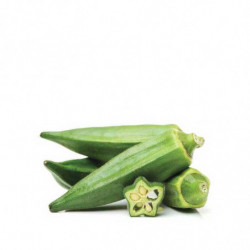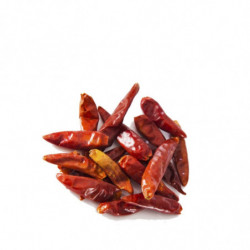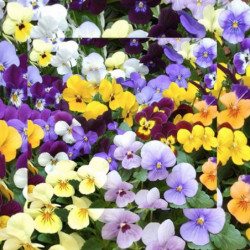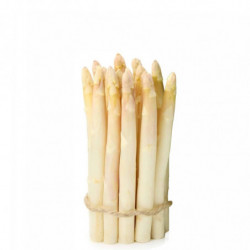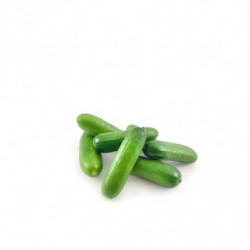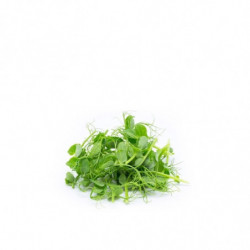Discover the Subtle Charm of Brown Shimeji (Flammulina velutipes): A Versatile and Nutritious Mushroom
Brown shimeji is an edible mushroom cultivated globally, but its popularity peaks in Asia. With its brown cap and long, slender stem, it boasts a unique presence.
Physical Characteristics:
- Cap: Fan-shaped, 2 to 5 cm in diameter.
- Stem: Long and slender, 10 to 20 cm long.
- Flesh: White and fleshy.
Organoleptic Characteristics:
- Taste: Sweet and nutty, with a slight smoky touch.
- Aroma: Sweet and nutty, with a slight smoky touch.
Nutritional Properties:
Rich in proteins, fiber, vitamins B, C, D, E, minerals like potassium, magnesium, iron, and zinc.
Gastronomic Uses:
Can be consumed raw, cooked, or fried, ideal for soups, stews, stir-fries, and salads.
Recipes:
- Brown Shimeji Soup: Cook in water or broth with potatoes, onion, garlic, and chorizo until tender.
- Brown Shimeji Stew: Sauté in olive oil with meat, fish, or vegetables until tender.
- Brown Shimeji Stir-Fry: Sauté in olive oil with vegetables, pasta, or rice.
- Brown Shimeji Salad: Slice and mix with tomato, onion, cucumber, and cheese. Dress with olive oil, vinegar, and salt.
Conclusion:
Brown shimeji is a versatile and nutritious mushroom, perfect for a healthy diet.
Extra Features:
A versatile and nutritious mushroom, packed with vitamins, minerals, and dietary fiber. Its distinctive sweet, nutty flavor with smoky touches is attributed to monosodium glutamate. Seasonal mushroom, cultivated in spring and summer.
Tips for Buying and Storing:
- Choose fresh brown shimeji with intact caps.
- Store in the refrigerator for a few days; consume raw or in prepared dishes.
Fun Facts:
- Originally from Japan.
- Highly popular in Asian cuisine.
- Excellent meat substitute.
Differences with Black Shimeji:
- Brown shimeji has a brown cap, while black shimeji has a black one.
- Sweeter, nuttier taste in brown, while black is more intense and smoky.
- Brown shimeji is more delicate and versatile than black.








